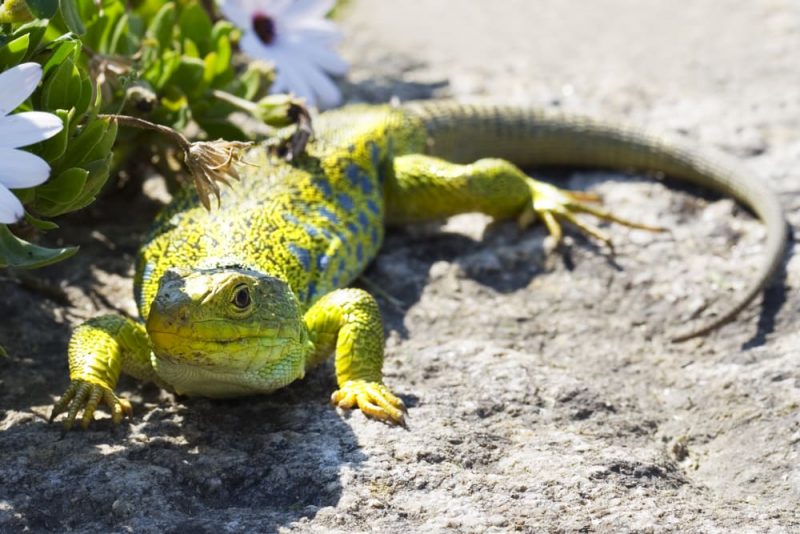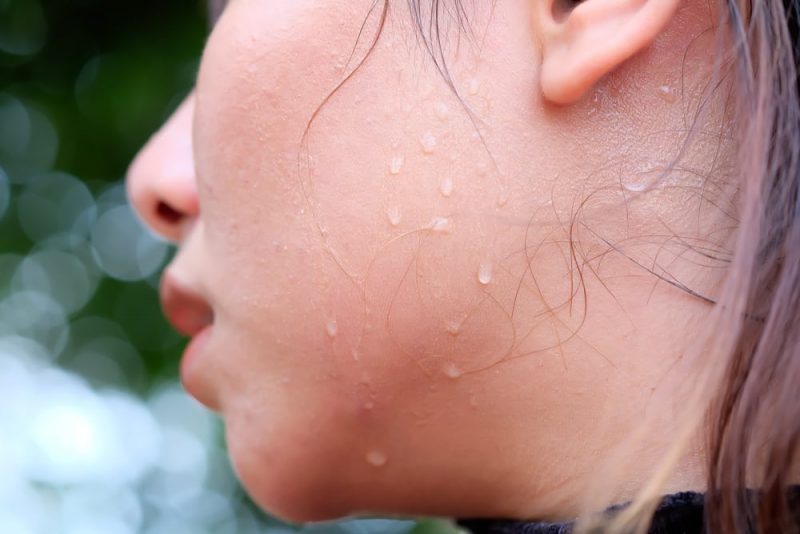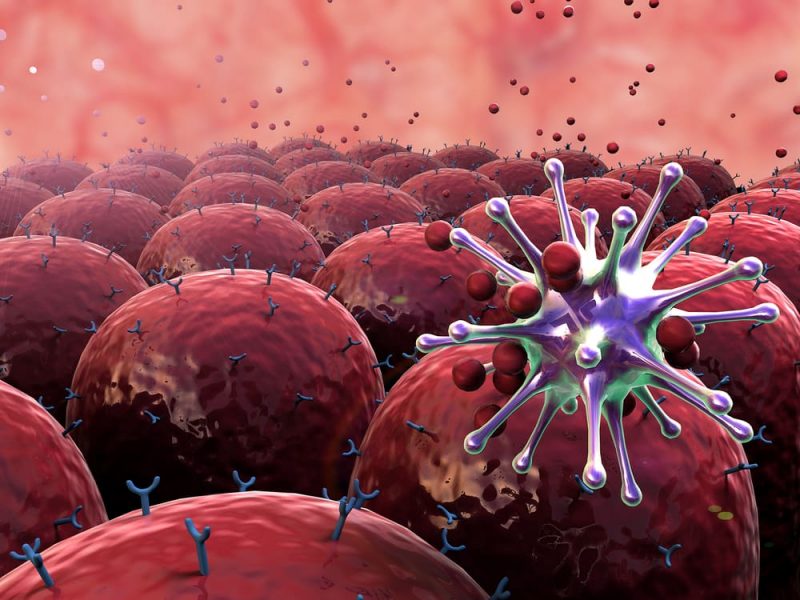The homeostasis It is the ability of living beings to maintain the internal stability of their bodies, in relation to temperature and pH (balance between acidity and alkalinity), through the exchange of matter and energy with the environment. For example: hibernation, sweating, vasodilation.
This occurs thanks to various systems of metabolic self-regulation that sustain the dynamic balance necessary for the preservation of life.
Thus, faced with the appearance of changes in the conditions of their environment, the living beings They can respond using one of the following strategies:
- Evasion. It consists of mitigating or reducing the internal impact of said environmental variations by means of some escape mechanism, such as changing from habitat to a more convenient one or assuming forms resistant to the environment.
- Accordance. The interior of the living being varies along with the environment, since its regulation is not efficient, so it must gradually adapt or “acclimate” to the new conditions.
- Regulation. In the face of environmental change, the living being executes compensatory actions that keep the interior of its body in a relatively constant condition.
The homeostatic processesHowever, they do not operate entirely according to these categories, as no body can be an absolute regulator or conformist. The most common is that a mixture of the three strategies occurs, depending on the varying environmental factor and the nature of the creature.
The regulation of internal chemical balance through excretion mechanisms, or the maintenance of glucose levels by means of excretion, can also be understood as a form of homeostasis. hormonal secretion and glycogenesis or glycogenolysis (in cases of abundance or scarcity, respectively).
Examples of homeostasis

- Expose to the sun. It is common to see reptiles, animals unable to autonomously regulate their internal temperature (cold-blooded animals), expose themselves to the sun to increase their body temperature and energize their metabolisms.
- Hibernation. Bears and other mammals tend to avoid the harshness of winter (snowfall, rain, low temperatures, little food) by going into caves or burrows away from the impact of the elements. There they slow down their metabolisms and subsist with a minimum of energy consumption, sustained by the lipid reserves built previously.
- Shiver. Faced with a sudden decrease in environmental temperature, the body of other homeothermic animals gives a nervous signal to their muscles to generate a tremor that generates muscle heat and allows them to counteract the cold a little.
- Glucose regulation. As we said before, in the face of the decrease or the overabundance of sugars in the blood, the human organism activates a hormonal apparatus destined to accelerate the synthesis of glucose (and formation of reserve lipids) or to extract it from said lipids or, if it were necessary, of the muscle fibers and other tissues, in order to maintain the levels within the appropriate. The organ in charge of these tasks is the pancreas.
- Shun the sun. In conditions of extreme sun exposure, such as deserts or in seasons of extreme temperature, reptiles and cold-blooded animals seek refuge under fallen leaves, rocks or even underground, chasing the freshness of these environments to calm excess heat in their bodies. .
- Vasodilation. When we enter very hot environments, our body orders the widening of the blood capillaries, increasing the surface of them exposed to the environment, and thus allowing the loss of excess heat and cooling the blood.
- Vasoconstriction. The opposite of vasodilation occurs in low-temperature environments, where capillaries are closed to minimize the amount of blood exposed to cold and thus conserve blood heat as much as possible.
- Skin prickling. The so-called “goose bumps” is another homeostatic mechanism, as it allows the skin hairs to stand on end and attenuates the amount of heat radiated by the skin. It is an evolutionary reflection that has remained despite the loss of some type of fur that covered our biological ancestors.

- Sweating. It consists of the secretion of liquid substances on the skin, the evaporation of which refreshes it and makes it possible to alleviate the increase in internal temperature.
- Control of ammonia. Although ammonia is a substance linked to our digestive processes, which provides the necessary nitrogen for various amino acids and proteins, its levels in the human body must be monitored by the liver. This organ is able to convert excess ammonia into urea and expel it through the urine formed in the kidneys. Otherwise, the increase in ammonia would lead to a deterioration in the functioning of the body.
- Tongue perspiration in dogs. The usual image of the dog with the tongue out is due to the fact that it is the species’ way of exchanging heat with the environment, since the dog’s tongue contains numerous blood supply and allows cooling when it is extracted from the body.
- Acceleration of respiration. When mammals are in low oxygen concentration environments, or when blood oxygen levels are too low for cellular demand (when we exercise, for example), an immediate response arises that accelerates respiration to increase the portion of breathed air. At the same time, the heart beats faster and blood pressure increases, promoting a better supply of oxygenated blood to the body.
- Cell homeostasis. In the process of regulating the internal pressure of cells (osmotic pressure), they release or absorb surrounding content through the selectivity of their plasma membranes, until they have the appropriate concentration levels for their stability.
- Regulation of blood pH. The ordinary metabolism of our bodies generates amounts of acidic waste that undermine the appropriate level of blood acidity, whose limits compatible with life are between 7.0 and 7.7, so they must be disposed of as soon as possible through various biochemical monitoring and control systems.
- The immune system. While keeping intrusive elements that could cause inconveniences to the body at bay, our immune system acts as a mechanism to preserve the homeostasis of the system, perpetuating its stability in the face of possible infections or pathologies, even when they have already managed to penetrate the body. .

